Optimal Timing for Waterproofing
Waterproofing is a critical component in maintaining the integrity of structures by preventing water infiltration. Proper timing ensures effectiveness and longevity of waterproofing systems, reducing potential damage and repair costs.

Applied before construction begins to protect foundations and basements from water ingress.
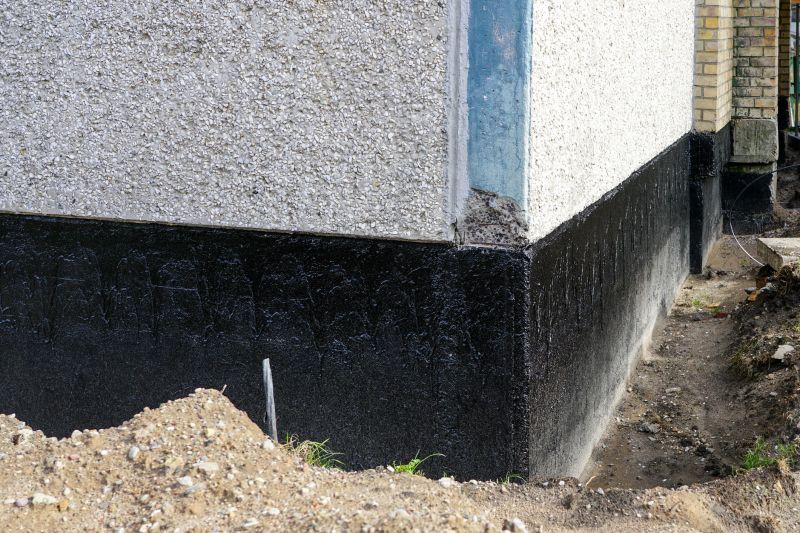
Implemented after building completion to address existing water issues and prevent future leaks.
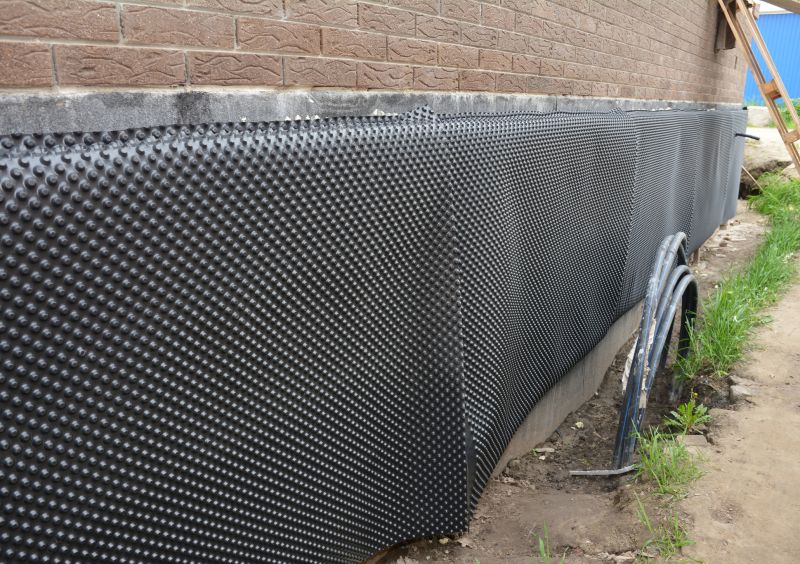
Periodic waterproofing to preserve existing barriers and extend their lifespan.

Ways to make Waterproofings work in tight or awkward layouts.
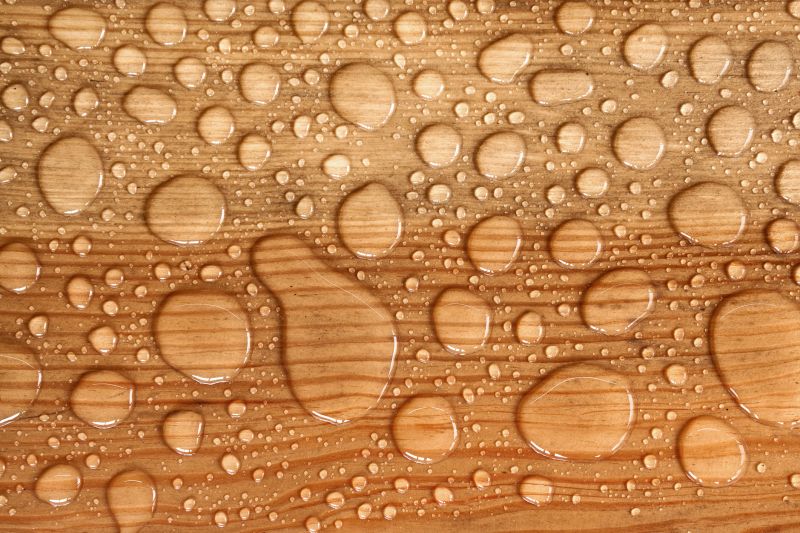
Popular materials for Waterproofings and why they hold up over time.
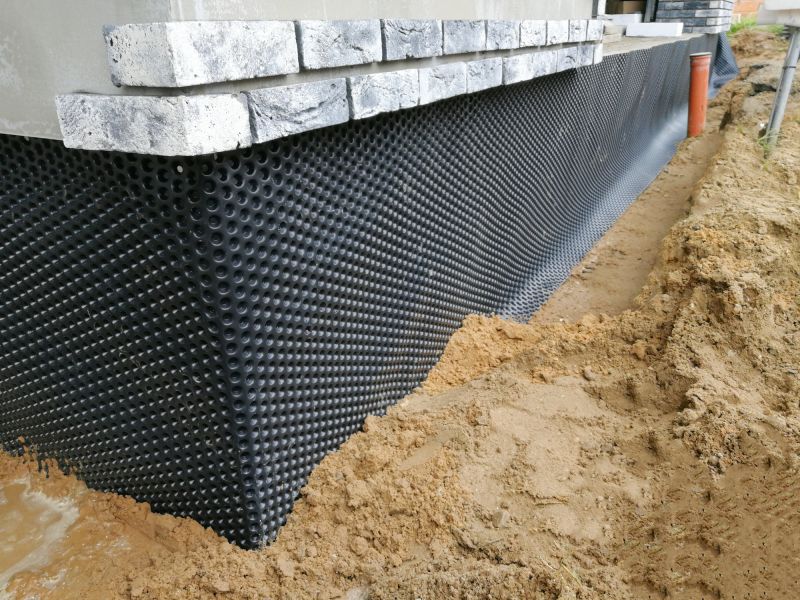
Simple add-ons that improve Waterproofings without blowing the budget.
The optimal time for waterproofing varies based on climate and project type. Typically, dry seasons with stable weather conditions are ideal for applying waterproofing materials, ensuring proper curing and adhesion. In regions with distinct seasons, late spring and early fall often provide the most favorable conditions for waterproofing projects.
Statistics indicate that waterproofing performed during suitable weather windows can reduce water-related damages by over 50 percent. Proper timing minimizes the risk of failure due to moisture exposure during application, which can compromise the waterproofing barrier and lead to costly repairs.
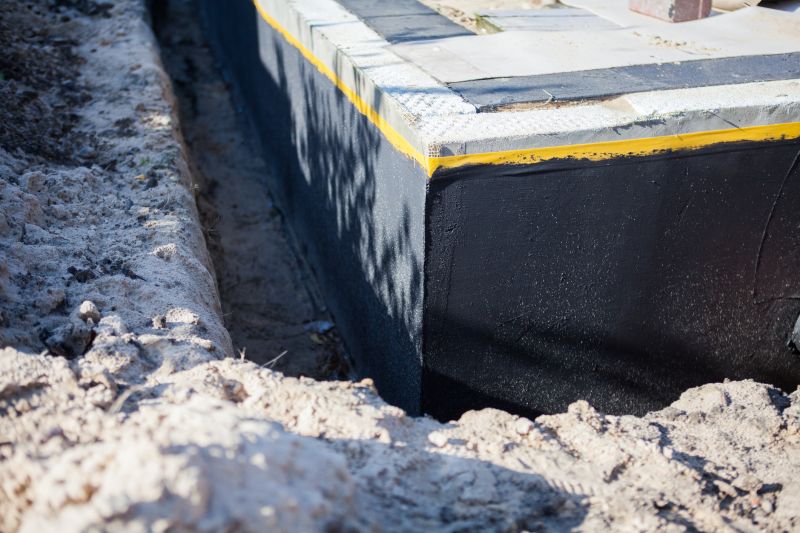
Ensures optimal curing and adhesion, increasing durability.

Reduces the risk of water exposure during application, preventing defects.

Ideal temperatures for waterproofing range between 50°F and 85°F.
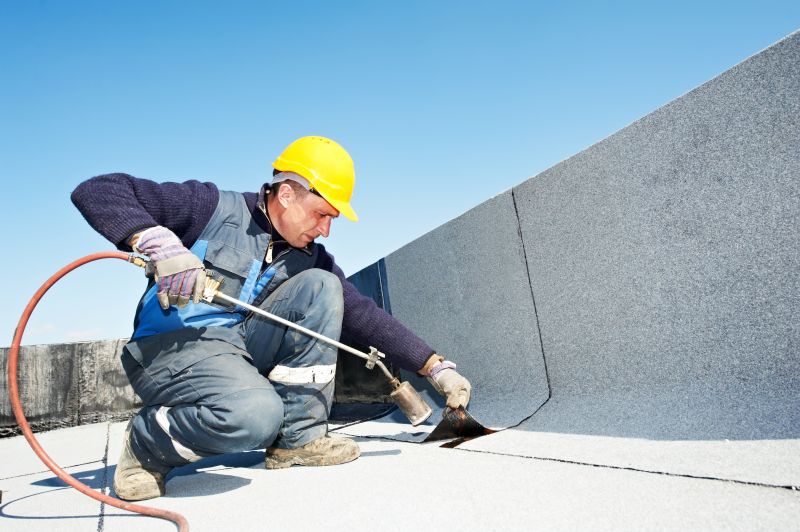
Scheduling waterproofing projects during favorable weather minimizes disruptions.
| Season | Optimal Waterproofing Conditions |
|---|---|
| Spring | Moderate temperatures, less rain, ideal for most waterproofing types. |
| Summer | Warm and dry periods, suitable for exterior waterproofing. |
| Fall | Cooler temperatures, stable weather, good for late-season waterproofing. |
| Winter | Generally not recommended due to freezing temperatures and moisture risk. |
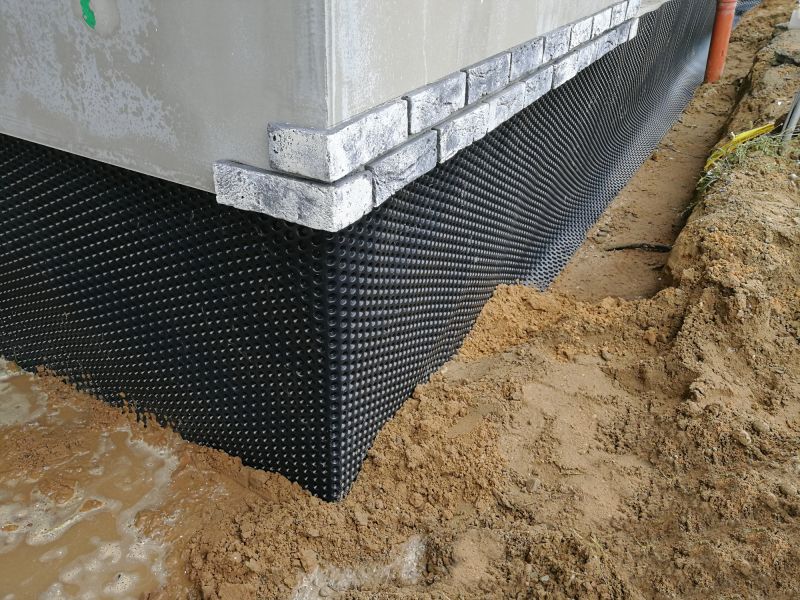
Spring offers moderate weather conditions suitable for various waterproofing methods.
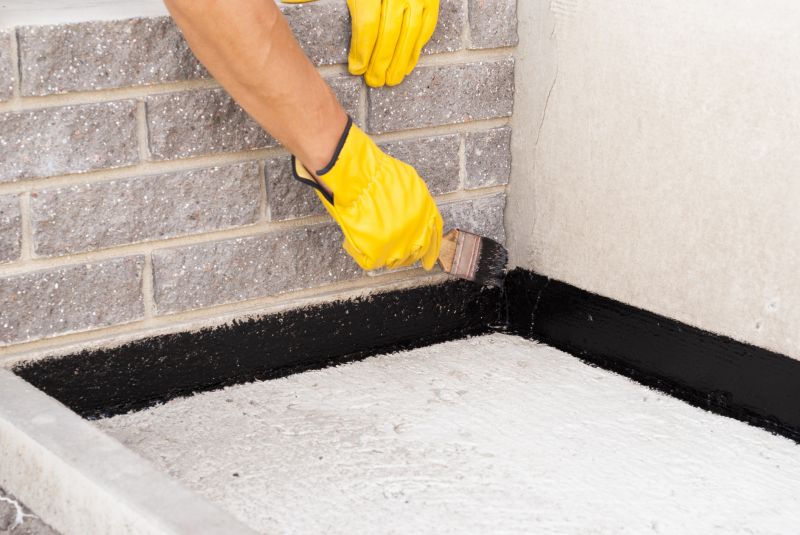
Best during dry, warm periods to ensure proper curing.
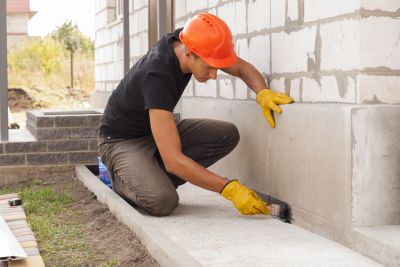
Ideal for preparing structures before winter, provided weather is stable.
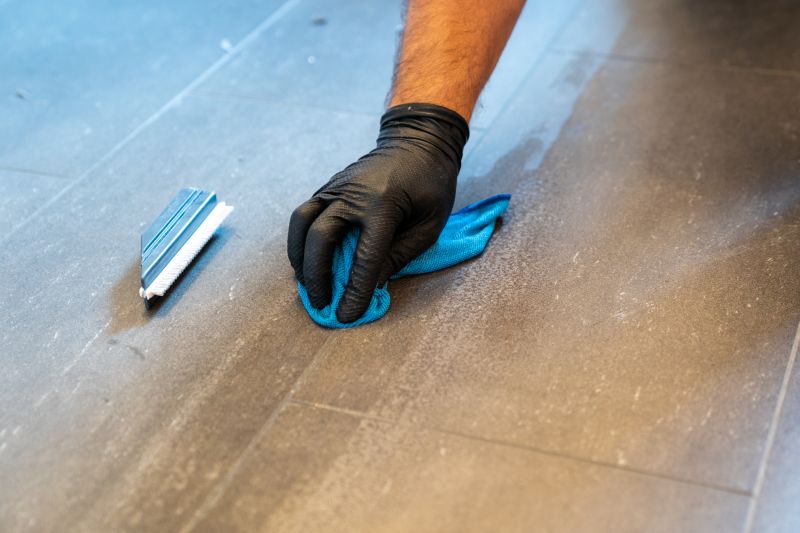
High-end options that actually feel worth it for Waterproofings.
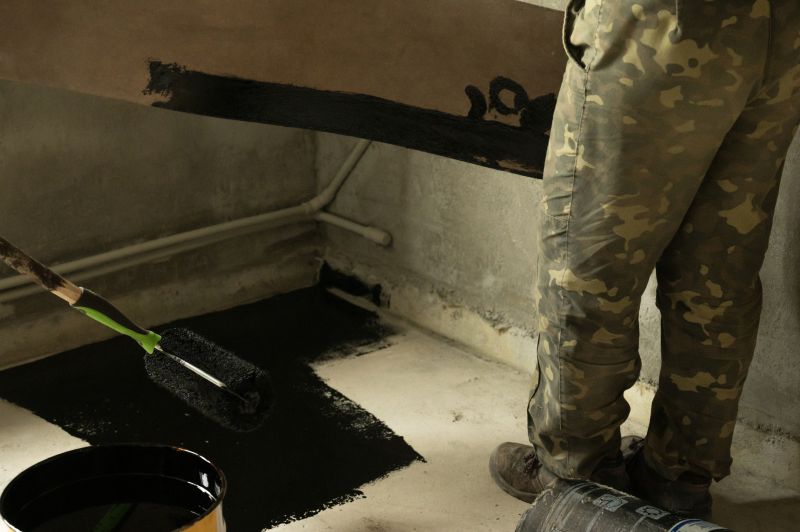
Finishes and colors that play nicely with Waterproofings.
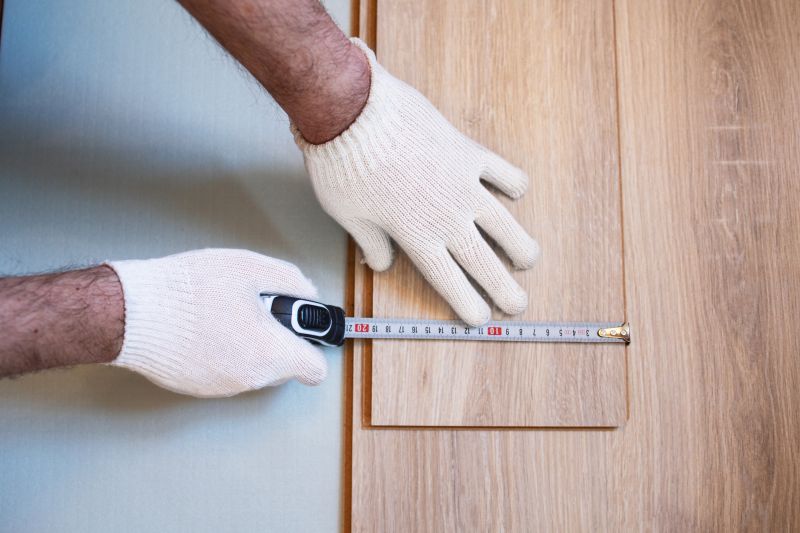
Little measurements that prevent headaches on Waterproofings day.
Choosing the right time for waterproofing enhances the effectiveness of the application and prolongs the lifespan of waterproofing barriers. Planning around weather forecasts and seasonal conditions is essential to achieve the best results.

Application during dry weather ensures better adhesion and durability.
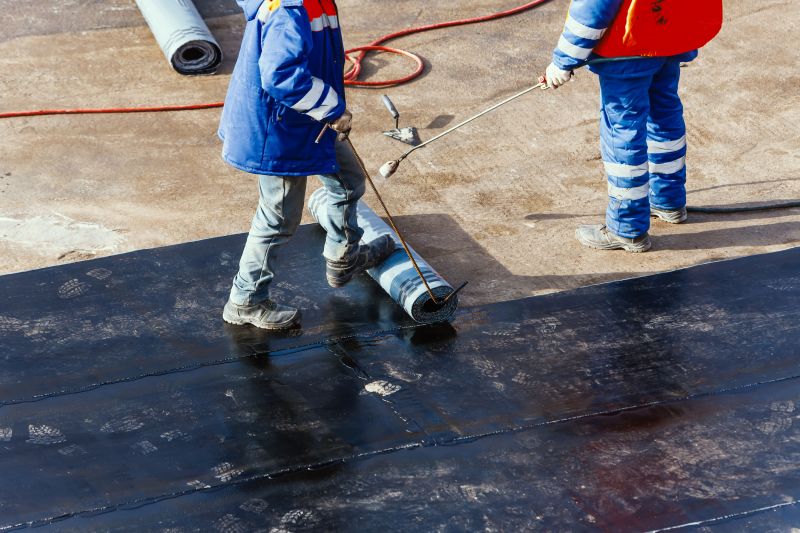
Rain can compromise waterproofing layers, leading to failures.
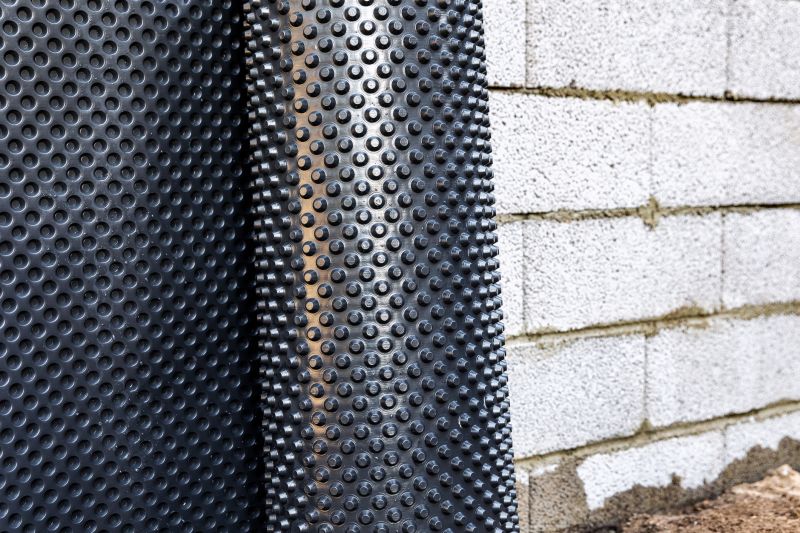
Extreme cold or heat can affect curing times and material performance.

Aligning with favorable weather minimizes delays and rework.
Proper timing of waterproofing projects is essential for ensuring long-term protection against water damage. Consulting weather forecasts and planning accordingly can significantly improve the success rate of waterproofing efforts.
Interested parties are encouraged to contact for more information on scheduling waterproofing services at optimal times for their specific needs in Mishawaka, Indiana.
A 60-second routine that keeps Waterproofings looking new.
A frequent mistake in Waterproofings and how to dodge it.
Small tweaks to make Waterproofings safer and easier to use.

